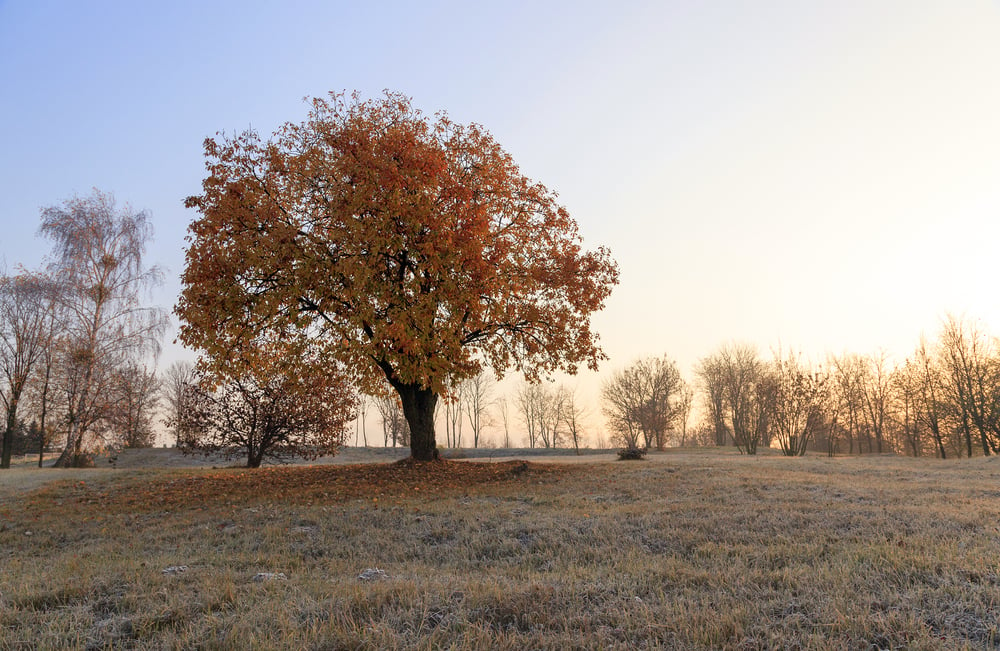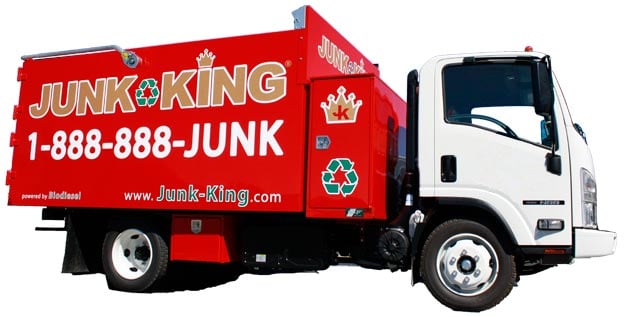
Whether you live in a big house or 26th floor apartment, every seasonal transition presents their own unique challenges to home integrity. But transitioning from fall to winter can be particularly jarring, as the temperature and pressure changes can be the most extreme.
1. Inspect the RoofSummer heat and rains may have weakened the overall integrity of your roof, making your home susceptible to greater damage from winter rain and snow. Even if you live in a tropic or sub-tropic environment that rarely experiences so much as a snowflake, the seasonal change in temperature can be catastrophic.
Fortunately, inspecting the roof can be done without having to call a professional, although you may still need to contact one depending on what you find. Check your roof for tile damage, including loose and missing shingle tiles. Check the rubber seals around vents and openings. And rake or blow off any leaves and debris from the roof.
2. Clean Out the GuttersWhile you’re on the roof, take some time to inspect your rain gutters and make sure they’re free from debris.
If rainwater can’t find its way off your roof, it can get backed up in the gutters and cause long-term damage to your home’s exterior. Standing water can also attract insects and wildlife. Professionals generally recommend for rain gutters to be cleaned out twice a year, although doing so more often can increase the overall lifespan of your roof.
Also, make sure the water being diverted from your roof has someplace to go. If your downspout doesn’t end in a rain barrel or carry the water away from your foundation, the water can eventually erode the earth and cause damage to your home’s support structure.
3. Caulk Windows and DoorsHaving drafty spaces in your home may have been a small blessing during the hot summer months, but since you’ll likely make use of your heater in winter, it’s imperative to make sure any leaky seals on your windows and doors get addressed before the cold arrives.
Also, it’s generally a smart idea to replace the caulk on your windows and doors every five to ten years. Use silicone caulk, as the material stands up better to outside weather conditions and won’t break down quickly.
4. Store Your Lawn EquipmentEven in tropic areas, lawn maintenance goes on hiatus during the winter months. So after you’ve mowed, weeded, and trimmed as much as you can before the cold weather arrives, you’re got to properly store your lawn equipment.
For general yard tools, you can generally get away with cleaning and oiling before storing them for the winter. For gas-powered tools like lawn mowers and weed eaters, you’ll need to drain the remaining fuel out of the fuel tank before storing the equipment. Fuel can go bad if left unused in a storage tank, which can lead to carburetor damage and other internal engine problems.
5. Finally, Bundle UpWhile heat can be a lifesaver in cold weather conditions, it’s also important to bundle up during the cold months. Wearing layers indoors can also help limit the amount of energy used to heat your home.
That being said, use the heater as you see fit. And if you’re got a fireplace, light it up. Just make sure the flue has been opened and cleaned first.

